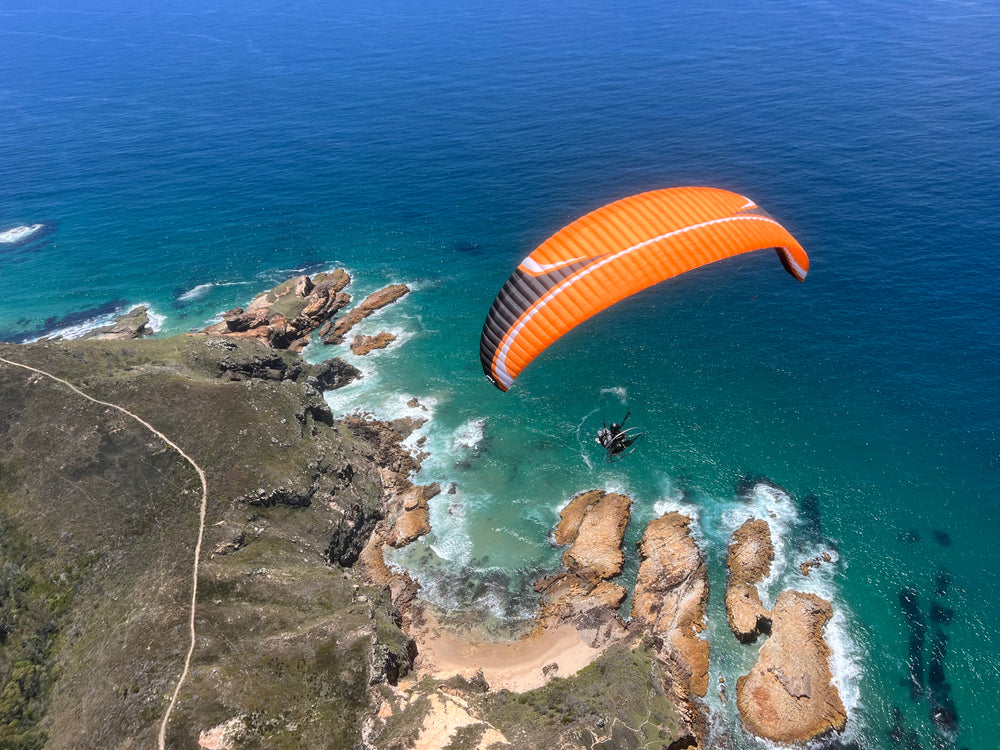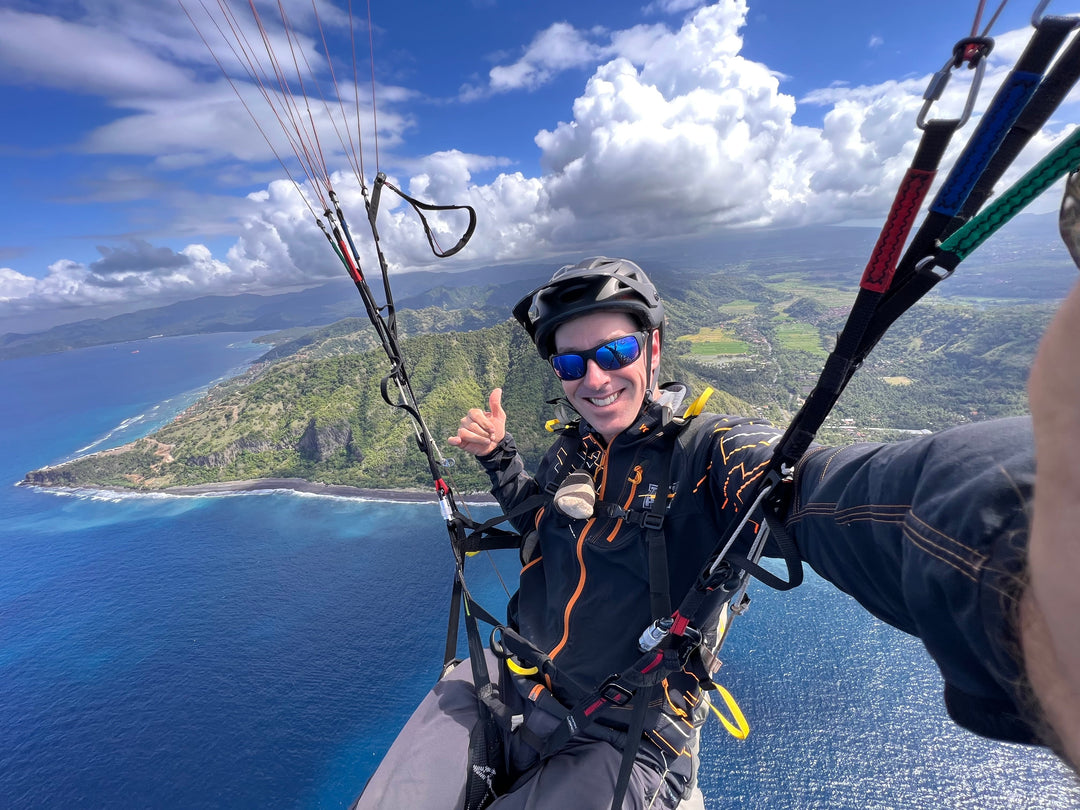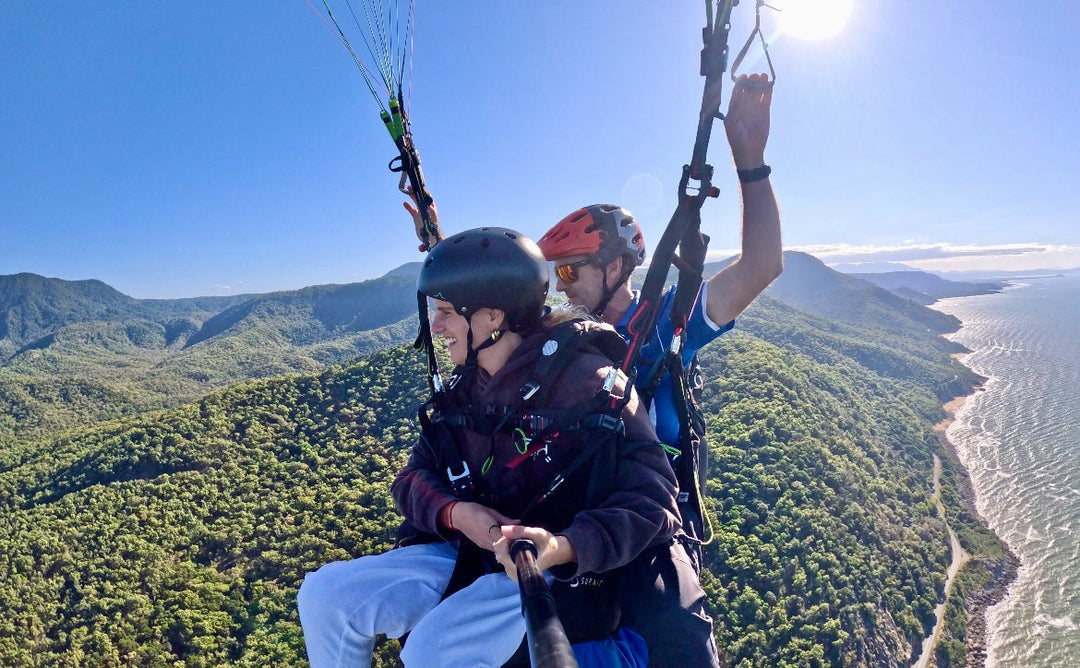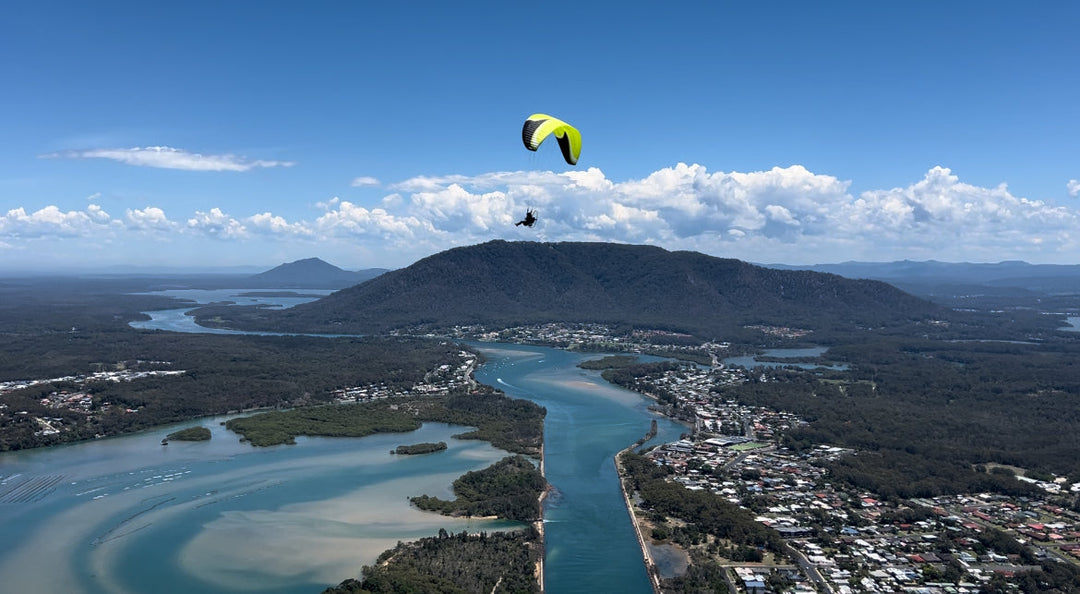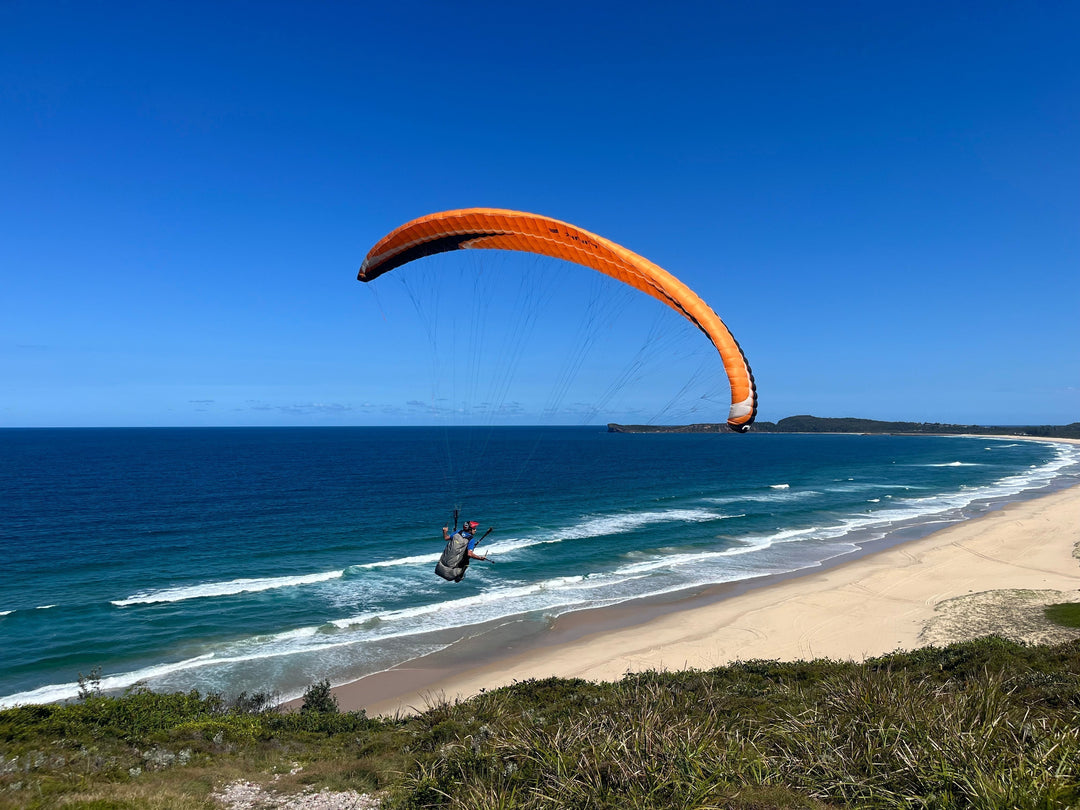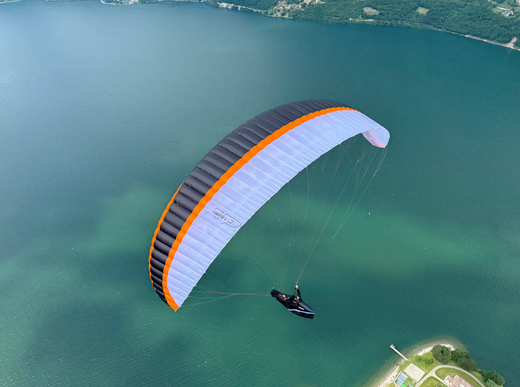10 Essential Safety Tips for Paragliding Students
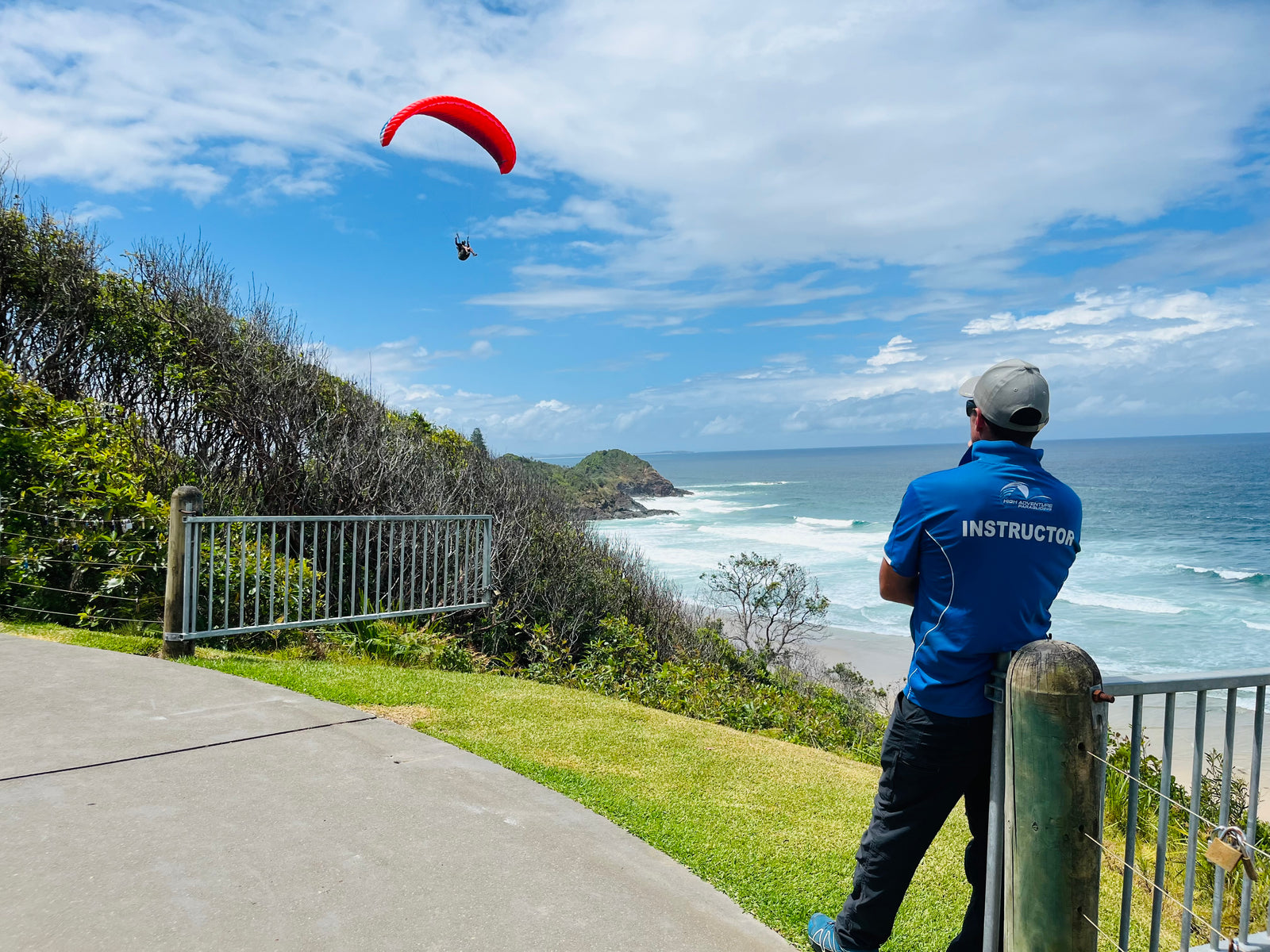
Paragliding is a breathtaking and exhilarating sport that allows you to soar through the skies like a bird, experiencing the thrill of free flight. However, it's important to remember that paragliding, like any adventure activity, comes with risks, especially for beginners. To ensure a safe and enjoyable paragliding experience, it's crucial to follow essential safety tips.
This comprehensive guide explores 10 essential safety tips for paragliding students:
1. Choose a Reputable Instructor:
Becoming a proficient paraglider begins with selecting the right instructor or paragliding school. Researching and ensuring that the instructor or school you choose is certified by a recognised paragliding association and has a strong safety record is essential.
Experienced instructors will teach you the fundamentals of flying and emphasise the importance of safety from day one.
2. Proper Equipment Inspection:
Your safety while paragliding largely depends on the condition of your equipment. Before each flight, take the time to thoroughly inspect your gear, which includes your wing, harness, helmet, and reserve parachute. Look for any signs of wear, damage, or loose connections. Regular equipment maintenance is paramount for paragliding safety for beginners.
3. Weather Awareness:
Weather conditions play a significant role in paragliding safety. Always check the weather forecast before heading out for a flight. Avoid flying in strong winds, turbulent weather, or during thunderstorms. Pay attention to changing weather patterns and be prepared to cancel or postpone your flight if conditions deteriorate.
4. Pre-Flight Safety Check:
Before taking off, perform a pre-flight safety check. Ensure your harness is securely fastened, all lines are untangled, and your reserve parachute is placed correctly. A thorough pre-flight check can prevent potential accidents in the air, making it a crucial step in ensuring your safety.
5. Choose a Suitable Launch Site:
Selecting the right launch site is paramount for paragliding safety. Beginners should start from well-maintained, designated launch areas suitable for their skill level. Avoid launching from cliffs or areas with unpredictable wind patterns that can increase the risk of accidents.
6. Landing Safety:
Landing safely is as important as taking off. Learn proper landing techniques from your instructor and practice landing in controlled conditions. Be aware of your surroundings and always have an emergency landing plan if your primary landing zone becomes inaccessible due to changing conditions or obstacles.
7. Emergency Procedures:
Paragliding emergency procedures are essential knowledge for every student. Learn how to deploy your reserve parachute, control your wing in case of a collapse, and handle other emergencies that may arise during a flight.
Regularly practice these procedures under the guidance of your instructor to ensure that you can react confidently and effectively in a crisis.
8. Stay Within Your Skill Level:
Paragliding can be an addictive sport, but it's crucial to stay within your skill level as a beginner. Avoid pushing your limits and taking unnecessary risks.
Gradually build your experience and proficiency before attempting more challenging flights. Remember that there is always room for growth and improvement.
9. Keep an Eye on Altitude:
Maintaining a vigilant awareness of your altitude during flight is essential. Beginners should avoid flying at high altitudes until they gain more experience and confidence. Altitude awareness is critical for planning your descent and ensuring a safe landing.
10. Continuous Learning:
Paragliding safety is an ongoing process. To become a skilled and safe paraglider, you must continue learning and improving your skills. Consider taking advanced courses, attending refresher courses, and seeking guidance from experienced paragliders. Staying informed and updated on safety practices is key to long-term enjoyment of the sport.
Conclusion:
Paragliding is an incredible adventure that offers a unique perspective of the world from above. However, safety should always be your top priority, especially as a beginner. By following these 10 essential safety tips for paragliding students, you can confidently minimise risks and enjoy the thrill of flight.


